Introduction
Osteoporosis often leads to vertebral fractures, which significantly impact patients’ quality of life. Therefore, the Quality of Life Questionnaire of the European Foundation for Osteoporosis-41 items (QUALEFFO-41) serves as an essential tool for measuring these effects. Developed by P. Lips and colleagues, this questionnaire was originally published with 48 items in 1997 and refined to 41 items in 1999. With over 600 citations on Google Scholar, it remains a cornerstone in rheumatology research.
Importantly, its multidimensional approach helps clinicians identify specific areas like pain and mobility issues. As a result, researchers frequently use QUALEFFO-41 to track treatment outcomes and inform interventions in osteoporosis care. Moreover, this article outlines everything experts need to know about using QUALEFFO-41.
Key Features of the Quality of Life Questionnaire of the European Foundation for Osteoporosis-41 items (QUALEFFO-41)
Purpose and Use
The QUALEFFO-41 primarily assesses quality of life in patients with vertebral fractures caused by osteoporosis. Unlike general health surveys, it focuses on osteoporosis-specific impacts, making it ideal for rheumatology studies.
Target Population
The QUALEFFO-41 targets patients aged 55–80 years with vertebral fractures due to osteoporosis. It suits:
- Older adults (45-64 years)
- Seniors (65+ years)
However, it lacks validation for children, adolescents, young adults, middle-aged adults under 45, students, or parents.
Questionnaire Details
The QUALEFFO-41 includes 41 items divided into five subscales:
- Pain (5 items): Evaluates pain situations in the last week.
- Physical function (17 items): Covers activities of daily living (4 items), jobs around the house (5 items), and mobility (8 items), including bending, reaching, lifting, and household chores.
- Social function (7 items): Addresses isolation, social activities, and relationships.
- General health perception (3 items): Assesses overall health status and comparison with peers.
- Mental function (9 items): Measures mood, depression, anxiety, and future outlook.
Each item uses a Likert scale, typically from 1-5, or sometimes 3 or 4 options.
Scoring and Interpretation
Scoring involves a Likert scale from 1-5 (or 3-4 for some items), where 1 represents the best quality of life and 5 (or higher) the worst. First, standardize answers by reversing scores on questions 33, 34, 35, 37, 39, and 40. For 3-option questions (23-26), score 1→1, 2→3, 3→5, disregarding “not applicable” as missing. Similarly, for 4-option questions (27-28), score 1→1, 2→2.3, 3→3.6, 4→5.
Next, calculate domain scores by averaging items in each subscale and transforming to a 0-100 scale: [(sum of scores – lowest possible score) / total score range] × 100. Higher scores indicate worse quality of life. There are no standardized cut-off points, but disregard missing values unless 30% or more of questions are unanswered, which questions the validity.
Administration Format
Administrators can deliver QUALEFFO-41 through:
- Paper-based forms
- Digital (online) platforms
- Interview (in-person)
- Phone/video call
It typically takes 10-15 minutes to complete.
Notably, the questionnaire is self-administered, requiring no specialized training for administration or interpretation, which enhances its practicality in busy orthopedic clinics and research studies.
Applications of Quality of Life Questionnaire of the European Foundation for Osteoporosis-41 items (QUALEFFO-41)
The QUALEFFO-41 supports various uses in osteoporosis management:
- Screening: Identifies quality of life impairments in vertebral fracture patients.
- Monitoring: Tracks changes post-treatment or over time.
- Research: Evaluates disease impact in studies on osteoporosis outcomes.
For example, clinicians might use high pain scores to prioritize analgesic strategies, while researchers analyze trends to refine protocols.
Other Versions And Related Questionnaires
The QUALEFFO-41 is the refined version from the original 48-item QUALEFFO published in 1997. Other adaptations include:
- IOF Wrist Fracture Questionnaire: A supplement for use alongside QUALEFFO-41 in patients with wrist fractures.
Related tools complement it, such as:
- Osteoporosis Functional Disability Questionnaire (OFDQ)
- Osteoporosis Assessment Questionnaire (OPAQ)
Language and availability
To support global use, QUALEFFO-41 is available in more than 20 languages such as:
- Arabic
- English
- French
- German
- Spanish
- Russian
Notably, the QUALEFFO-41 needs permission from the publisher; it is free for non-commercial use but may involve fees for commercial or funded academic projects.
Reliability and Validity
The QUALEFFO-41 shows high reliability and validity. For instance, its Cronbach’s alpha is around 0.80 confirming strong internal consistency. Additionally, it demonstrates sensitivity to changes in osteoporosis patients. Researchers rate it as highly reliable and valid tool.
- Original validation study study link
- Brazilian validation study study link
- Arabic validation study study link
Limitations and Considerations
Despite its strengths, the QUALEFFO-41 has a few limitations:
- Self-report measure: Responses may be influenced by personal interpretation or social desirability bias.
- Length (Too Long): The 41 items can feel lengthy for some patients.
- Age Restrictions (Not Suitable for All Age Groups): Primarily validated for 55-80 years.
- Scoring Complexity: Transformations and handling missing values require careful calculation.
Additional Resources
- A direct link to the original validation study
- You can access the questionnaire as a PDF through this link
- For inquiries, contact International Osteoporosis Foundation at info@osteoporosis.foundation
- For additional QUALEFFO-41 resources, visit the International Osteoporosis Foundation
Frequently Asked Questions (FAQ)
- Who can use the QUALEFFO-41?
Clinicians, researchers, and healthcare providers use the QUALEFFO-41 for patients aged 55-80 with vertebral fractures due to osteoporosis. - How long does it take to complete the QUALEFFO-41?
Patients typically take 10 to 15 minutes to complete the QUALEFFO-41, which makes it feasible for use in clinical and research settings. - How is the QUALEFFO-41 administered?
Healthcare teams can administer the questionnaire via paper, digital, mobile app, interview, or phone/video call formats—offering flexibility in usage. - Is there any cost to using the QUALEFFO-41?
The QUALEFFO-41 needs permission from the publisher; it is free for non-commercial use but may involve fees for commercial or funded academic projects.
A Word from ResRef about Quality of Life Questionnaire of the European Foundation for Osteoporosis-41 items (QUALEFFO-41)
The Quality of Life Questionnaire of the European Foundation for Osteoporosis-41 items (QUALEFFO-41) remains a cornerstone questionnaire in the osteoporosis field, providing comprehensive insight into patient quality of life beyond bone density measurements. Its multidimensional approach covering pain, physical function, social interaction, and mental health makes it invaluable in both clinical and research settings. While length can be a limitation, ongoing adaptations and digital formats help enhance usability. Researchers are encouraged to use validated translations to ensure cultural relevance.
References
- Lips, P., Cooper, C., Agnusdei, D., Caulin, F., Egger, P., Johnell, O., Kanis, J. A., Kellingray, S., Leplege, A., Liberman, U. A., McCloskey, E., Minne, H., Reeve, J., Reginster, J.-Y., Scholz, M., Todd, C., de Vernejoul, M. C., & Wiklund, I. (1999). Quality of life in patients with vertebral fractures: Validation of the quality of life questionnaire of the European Foundation for Osteoporosis (QUALEFFO). Osteoporosis International, 10(2), 150–160. link
- de Oliveira Ferreira, N., Arthuso, M., da Silva, R.B. et al. Validation of the Portuguese version of the quality of life questionnaire of the European foundation for osteoporosis (QUALEFFO-41) in Brazilian women with postmenopausal osteoporosis with vertebral fracture. Clin Rheumatol 32, 1585–1592 (2013). link
- Rostom, S., Allali, F., Bahiri, R. et al. Psychometric properties evaluation of the quality of life Questionnaire of the European foundation for Osteoporosis in Arabic population. Rheumatol Int 32, 2037–2049 (2012). link


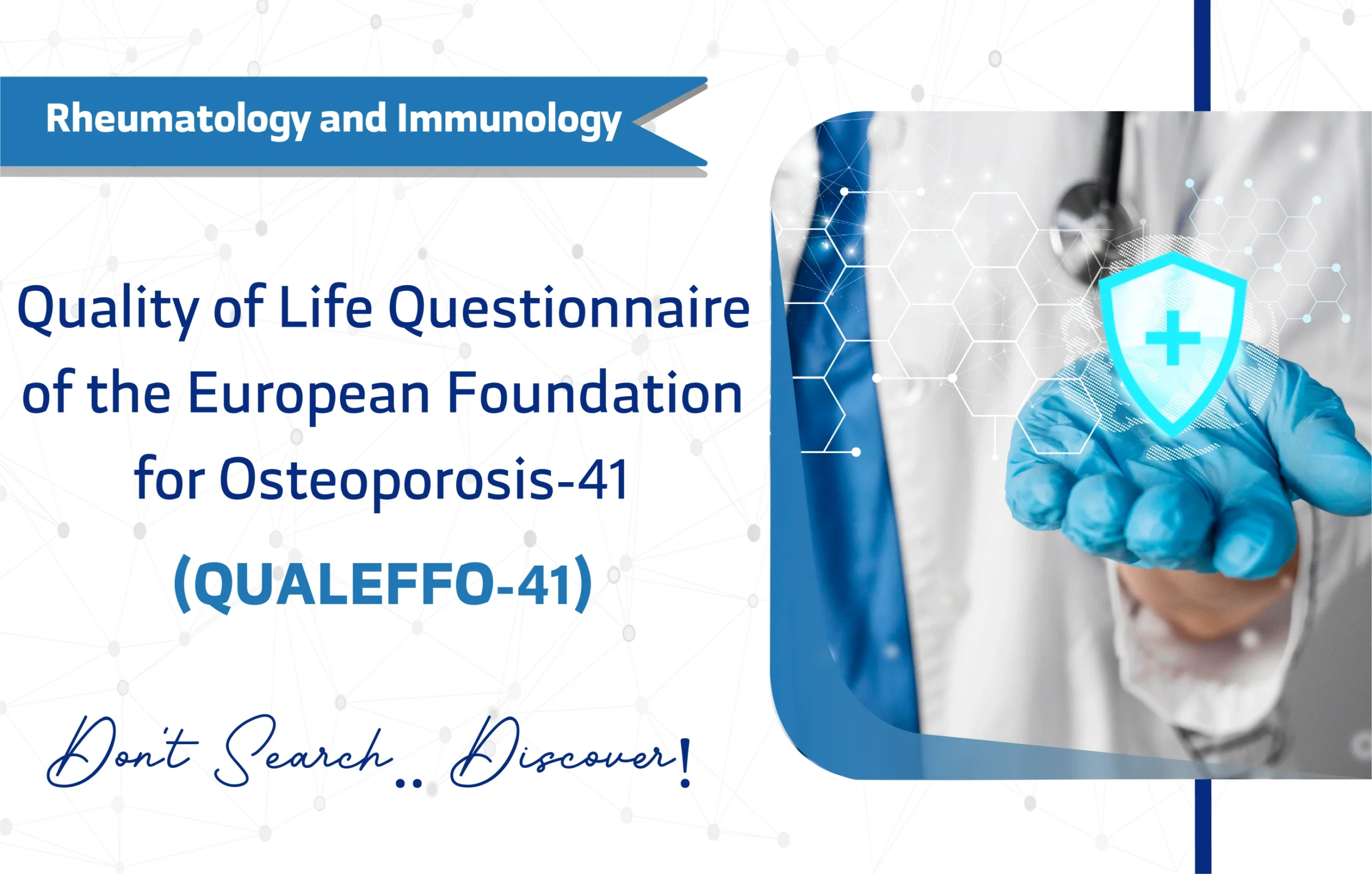
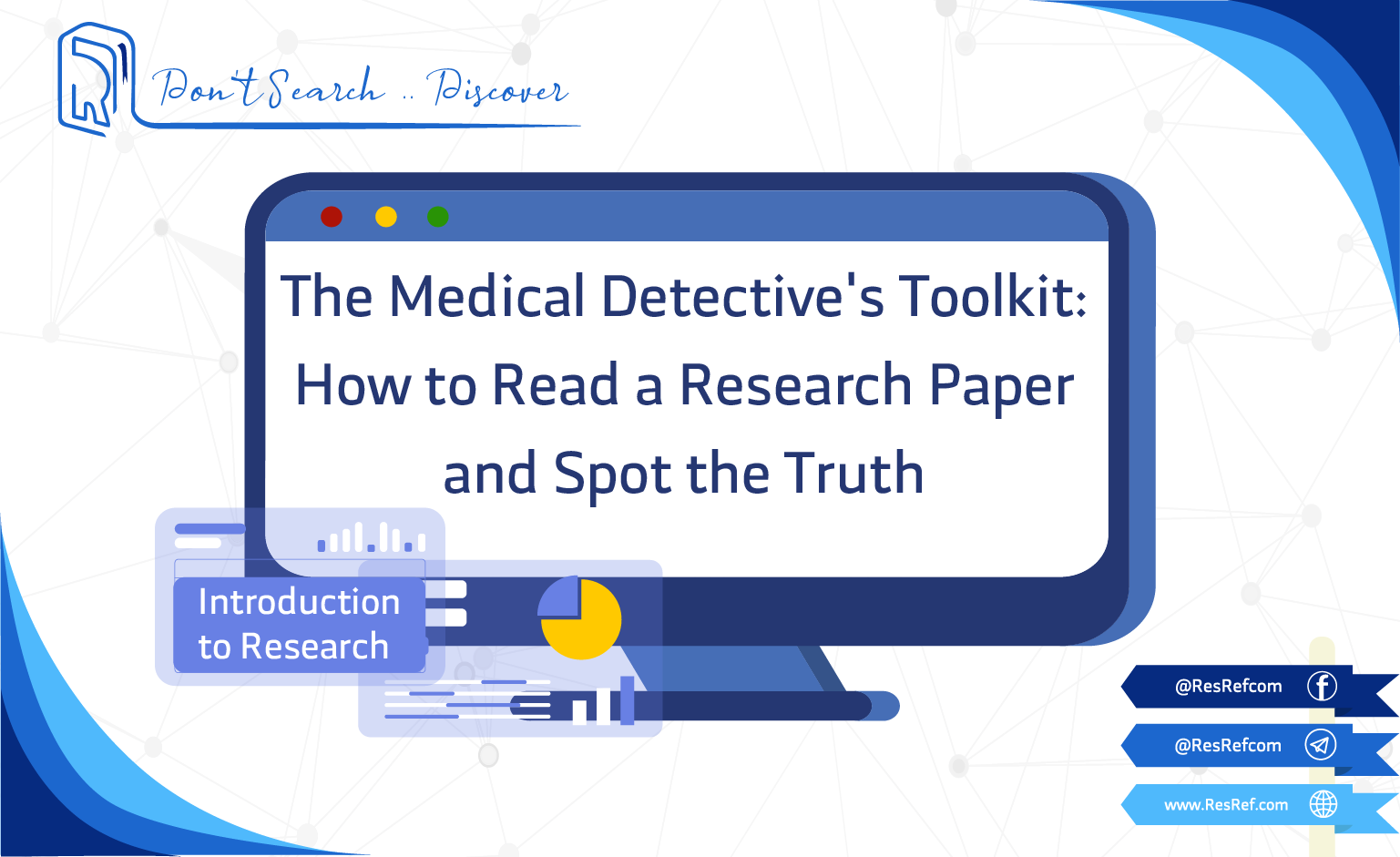
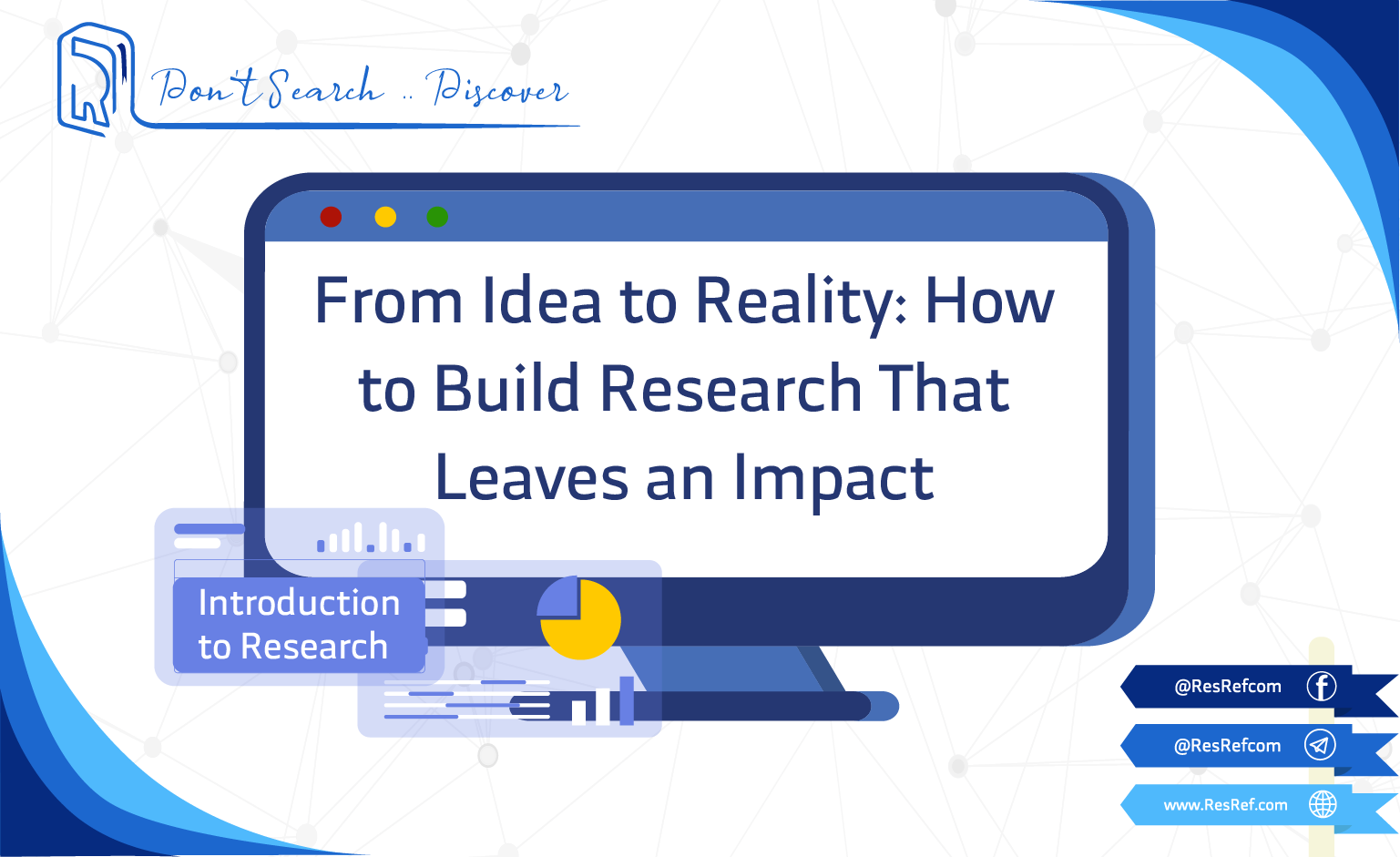
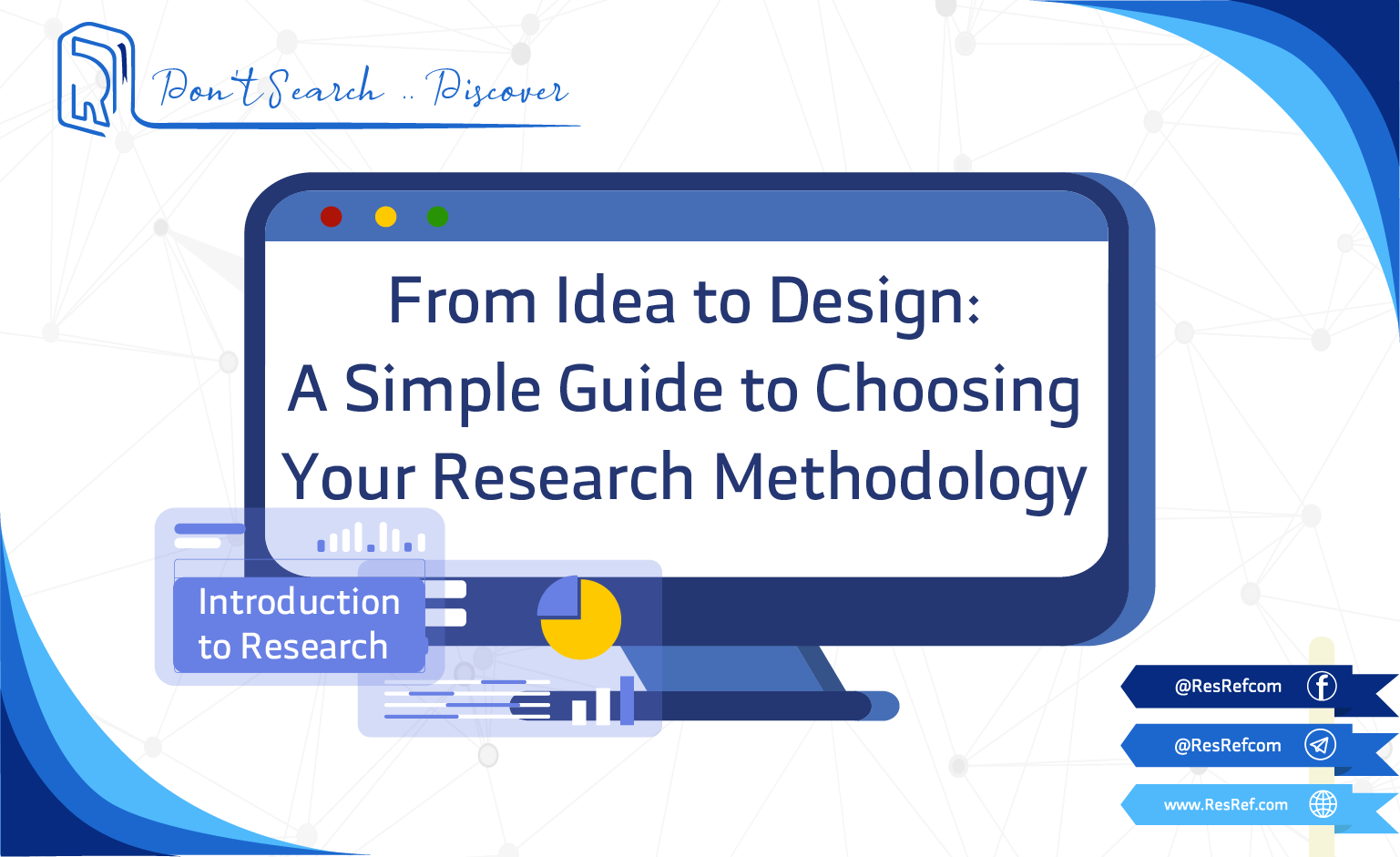
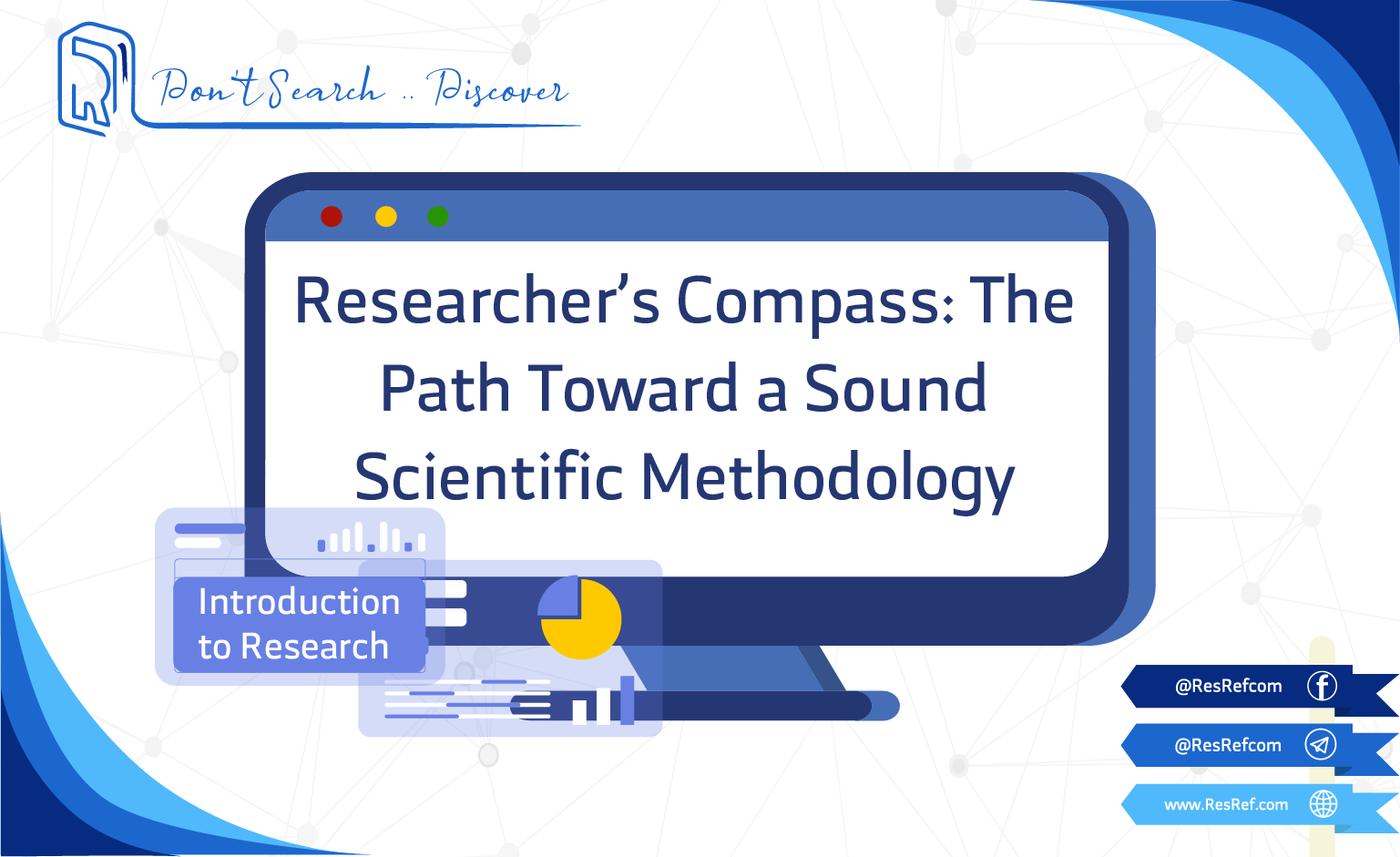
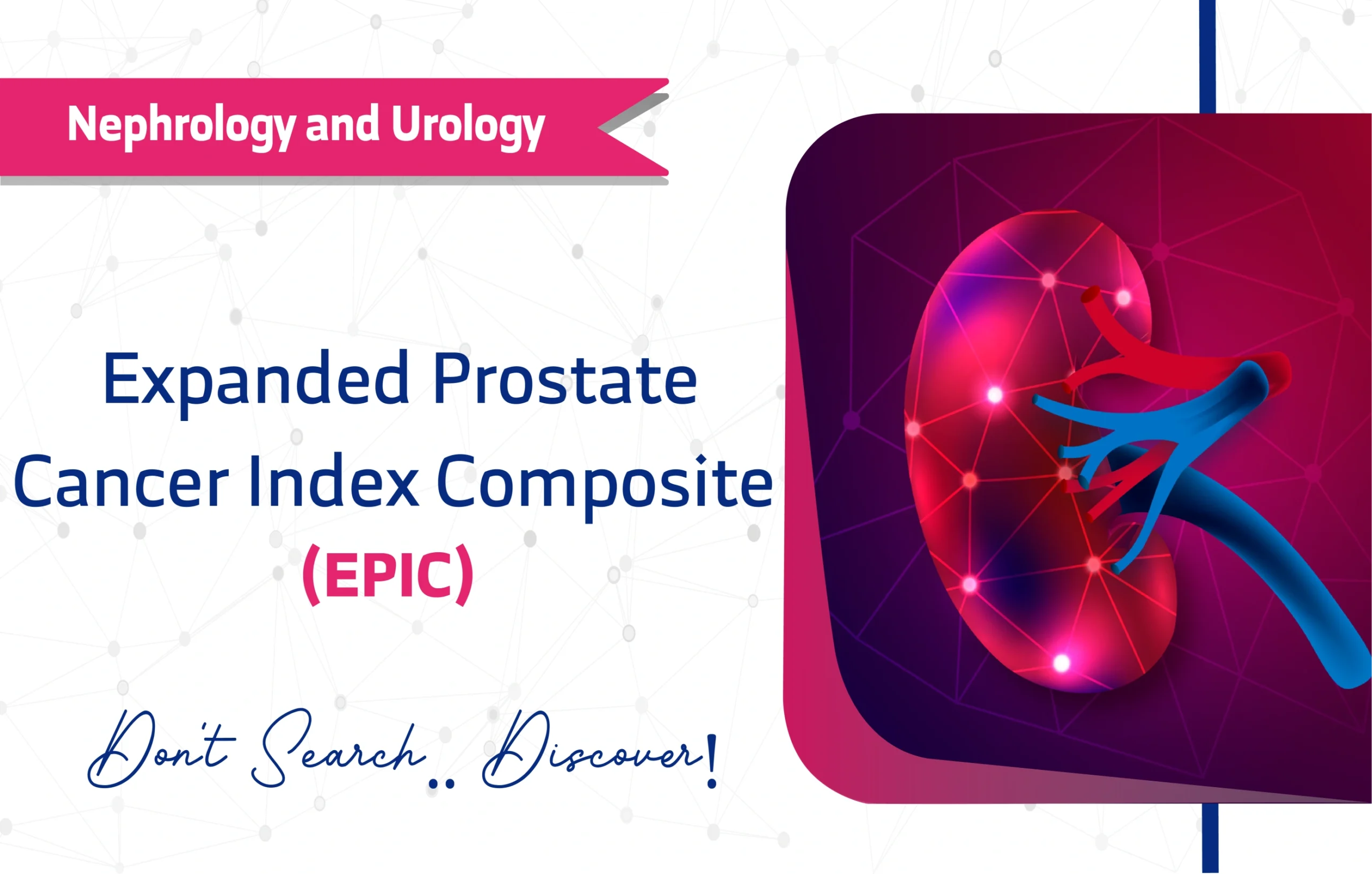
1 thought on “Quality of Life Questionnaire of the European Foundation for Osteoporosis-41 (QUALEFFO-41): A Full Guide for Researchers and Clinicians”
Your website empowers readers to take charge of their learning.